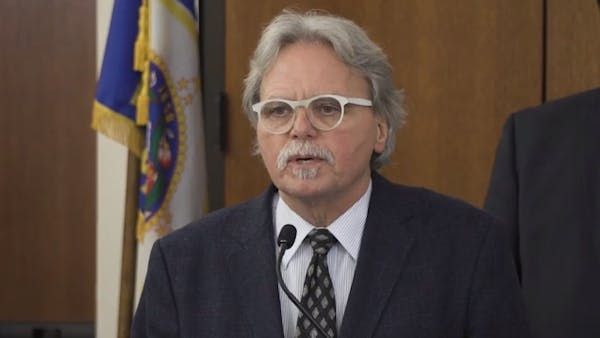Jurors were provided specific instructions Monday to guide them as they deliberated each of the three felony counts filed against former Minneapolis police officer Mohamed Noor in the shooting of Justine Ruszczyk Damond.
Here is a summary of the instructions for each count explaining what the 12 jurors needed to find beyond a reasonable doubt in order to convict Noor. Deliberations ended Tuesday with convictions on third-degree murder and second-degree manslaughter and acquittal on second-degree murder.
• For a second-degree murder conviction, jurors needed to conclude in total:
Noor "acted with the intent to kill" Damond, meaning he "acted with purpose of causing the death or believed the act would have that result."
Intent can be proven by more than just direct evidence but can also be "inferred from all the circumstances surrounding the event." Premeditation was not needed for a guilty verdict on this count.
• For a third-degree murder conviction, jurors needed to conclude in total:
Noor caused Damond's death "by perpetuating an act eminently dangerous to others and evincing a depraved mind" without regard for life but also without intent to kill and was committed in a "reckless or wanton" manner understanding that someone may be killed. It need not be proven that Noor actions were "specifically directed at the particular person whose death occurred" but he knew his actions carried out with "a heedless disregard" could kill someone.
• For a second-degree manslaughter conviction, jurors needed to conclude in total:
Noor exhibited "culpable negligence," was reckless, and created an "unreasonable risk" and knowingly took the chance of causing a death or great bodily harm.
The instructions also defined key elements under the manslaughter charge.
Causing: Holding Noor criminally liable for all the consequences of his actions.
Culpable negligence: While Noor may not have intended to be harmful, "an ordinary and reasonably prudent person would recognize [the conduct] as involving a strong probability of injury to others."
Recklessness: Having a conscious disregard of a substantial and unjustifiable risk of death or great bodily harm to others. Great bodily harm includes injury creating a high probability of death or causing serious and permanent disfigurement or lengthy physical impairment of a bodily member or organ.
• For an acquittal on any of the charges, the jurors needed to conclude Noor acted with authorized use of deadly force, meaning his actions were justified.
Authorization includes any one of the following:
• To protect himself or someone else from death or great bodily harm.
• To apprehend someone who a law enforcement officer knows or reasonably believes has committed or attempted to commit or is about to commit a felony that will cause death or great bodily harm.

Want to share info with the Star Tribune? How to do it securely

'Safe recovery sites' would offer syringes, naloxone and more to people using drugs. The plan could be in peril.
New Minnesota GOP leaders seek peace with party's anti-establishment wing

Who is Republican Lisa Demuth, Minnesota's first House speaker of color?

